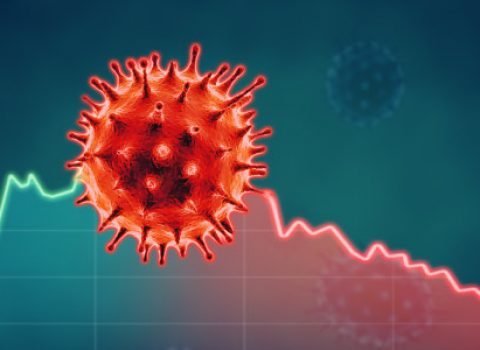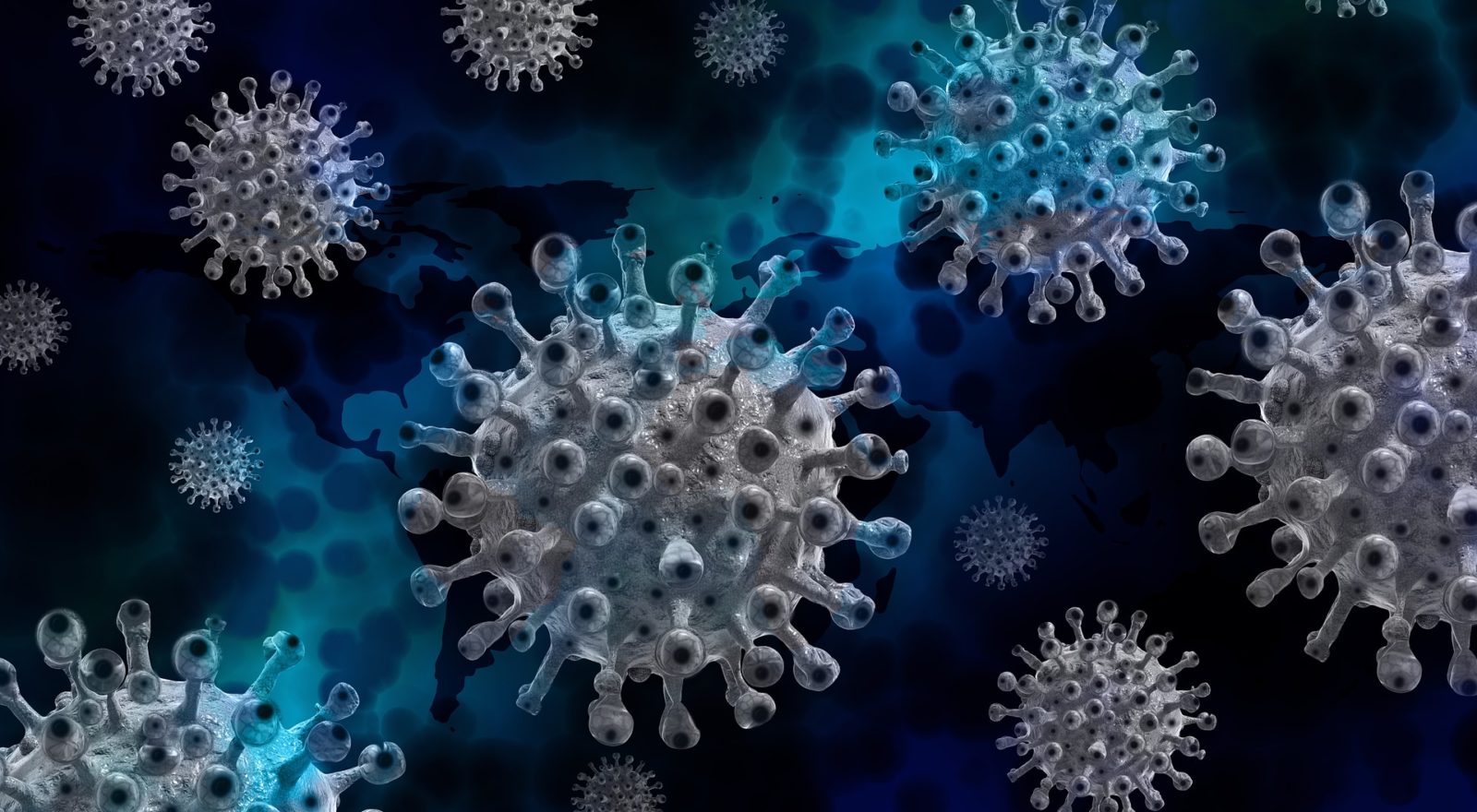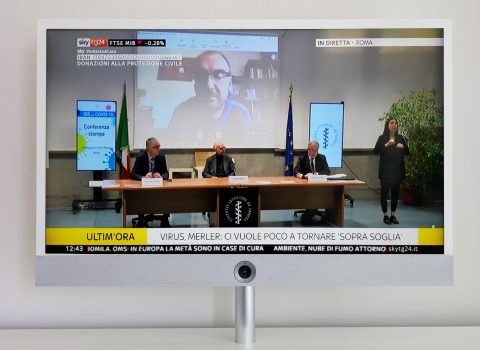
FBK-ISS-INAIL study, reopening with high incidence is risky, even if Rt is lower than 1
Relaxing restrictions when the incidence of Sars-CoV-2 infections is still high can lead to a rapid new spike in cases, and therefore in hospitalizations, even if the Rt number is below 1. These are the findings of a study, based on data from the epidemic's 'first wave', conducted by researchers from Fondazione Bruno Kessler (FBK), the Istituto Superiore di Sanità (ISS) and the National Institute for Accident Insurance (INAIL) published in the journal Proceedings of the National Academy of Science of the United States (PNAS).
Relaxing restrictions when the incidence of Sars-CoV-2 infections is still high can lead to a rapid new spike in cases, and therefore in hospitalizations, even if the Rt number is below 1. These are the findings of a study, based on data from the epidemic’s ‘first wave’, conducted by researchers from Fondazione Bruno Kessler (FBK), the Istituto Superiore di Sanità (ISS) and the National Institute for Accident Insurance (INAIL) published in the journal Proceedings of the National Academy of Science of the United States (PNAS).
In the study, a virus transmission model was used to estimate the impact of different mitigation strategies, in addition to introducing risk estimation in the various production sectors in an innovative way. The results of this research were used to define the possible scenarios following the reopening of phase 2 and to define the possible scenarios and interventions in the autumn phase.
As for the timing for social contact reactivation, the research shows that premature reopenings can significantly affect the progress of the epidemic. For example, ending stay-at-home orders on April 20 instead of on May 18 could have generated an increase of approximately 500% in cumulative hospitalizations compared to those observed from May to the end of September.
From the analysis, it emerged that an Rt number lower than 1 is necessary to allow room for action after the lifting of the restrictions, while a low incidence is necessary to maintain the level of cases, and therefore of hospitalizations and deaths, nearly constant after the Rt number drops back to levels close to 1 following reopening. This, for example, was the case last summer: the national Rt was estimated at around 3 in February, then dropped substantially below 1 in the space of two weeks following the lockdown imposed on March 11 and then rose back to values close to and even slightly above 1 following the reopening of May 18. “In particular – Stefano Merler, FBK researcher, explained – incidence must be low enough to be managed by the prevention systems with the isolation of cases and the quarantining of contacts. Based on the period in which prevention services started to be strained due to the increased incidence of cases during the second wave, incidence levels should be less than about 50 weekly cases per 100,000 inhabitants”.
“The research – Merler added – shows that the transmission potential of COVID-19 is still very high and suggests extreme caution in the choice of social contacts that are reactivated and in their activation timing”.
What restrictions should be lifted first?
As for social interaction being reactivated, research shows that:
- Work interactions, excluding essential services (e.g. health workers) which may be at high risk but cannot be suspended, may not greatly affect the transmissibility of SARS-COV-2;
- however, it is important to encourage smart working as much as possible, where feasible;
- the reopening of schools from kindergartens to middle schools could have a limited impact on the transmissibility of SARS-COV-2 due to the lower susceptibility to infection of children and young people up to about 14 years of age;
- almost completely reactivating social interaction and schools of all types and levels, as done in late summer, can result in an epidemic wave that could not be contained without severe restrictions.
The analysis conducted does not make it possible to determine if infection is more likely to be transmitted inside school buildings or outside schools (e.g. transportation, possible gatherings outside school buildings, other activities).
Before October, 5% of the Italian population became infected
The authors estimated that up to September 30 about 4.8% of the Italian population became infected, with big differences between regions (about 11% in Lombardy, 2% in Lazio and 1% in Campania). As a consequence, the analysis suggests that the effects of reopening may differ from region to region due to the different levels of immunity achieved and the different infection prevalence. The research also suggests a possible role played by the demographic structure, with a lower impact of COVID-19 in regions with younger populations.
Increased diagnostic capacity
Finally, the authors estimated that the case reporting rate (how many infections are detected by the surveillance system compared to the total of infections, therefore including all asymptomatics) increased from about 9.4% during the first wave to about 24.5% during summer, probably due to better contact tracing capabilities in low daily incidence situations.



